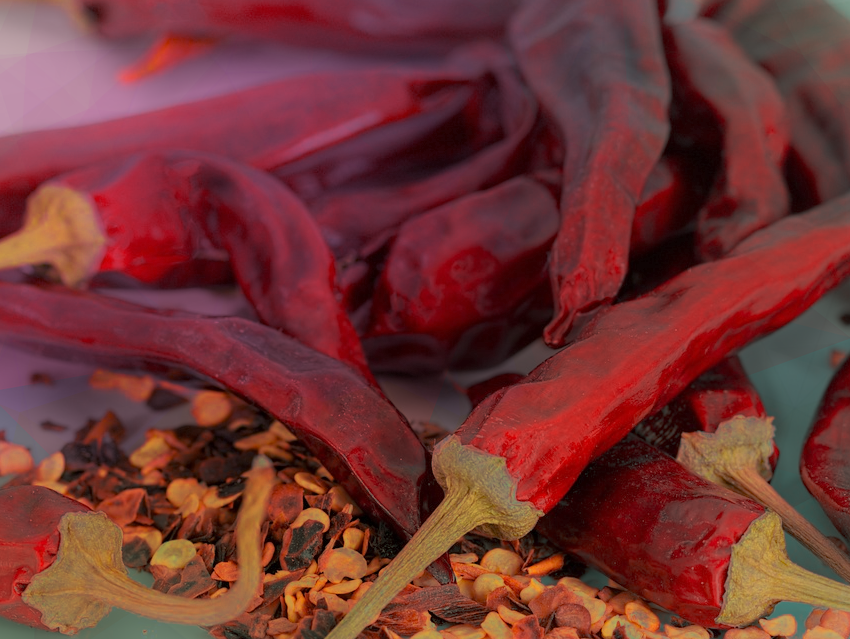Which peppers are actually the hottest is a question that still stimulates debate among chili fanatics, growers, and seed merchants the world over. In 1994, a California habanero variety, “Red Savina” – with its 2 x 5 cm lantern-shaped, slightly wrinkled fruit and an SHU value of 570,000 – became listed in the Guiness Book of Records as the “hottest pepper in the world” [1]. Again and again, reports appeared of some even hotter variety, but for a long time no such claim survived serious testing.
This was probably due in part to difficulties associated with the Scoville Test, which because of its organoleptic nature, is limited in its reproducibility (see below), but even measurements carried out by HPLC according to a standardized protocol are still readily subject to manipulation, for example, by injecting an oily extract into the fruit to be tested, or enhancing dried fruit with capsaicin-rich placental material.
.gif)
In September 2000, however, reports surfaced from the Indian Province of Assam of a new variety (“Bhut Jolokia”) of the species C. chinense, supposedly with a measured SHU value of 855,000 [2, 3]. The resulting media event extended far beyond the borders of India, but it again was met at first with skepticism among the experts. Finally, the matter was brought to an ultimate showdown in the United States between Red Savina and the Indian Bhut Jolokia.
In a climate-controlled greenhouse at the Chile Pepper Institute of New Mexico State University, Las Cruces, NM, USA, and under supervision of the Institute’s Director, Dr. Paul Bosland, seeds of the two plant types were selected and sown outdoors. From ten plants of each type, 25 fruits were subsequently harvested, dried, and pulverized. The ensuing determination of “hotness”, based on HPLC measurements, led to a dramatic surprise! The SHU value measured for Red Savina turned out to be only 248,000 – significantly inferior to previously published data. By contrast, however, the Bhut Jolokia scored an SHU of 1,001,304: A new record! Since 2006, Bhut Jolokia, the fruit of which is typically 5 cm long and only 1 cm thick, has been officially recognized – through acceptance into the Guiness Book of Records – as the hottest pepper in the world (s. Tab. 1).
Table 1. The hottest of the hot.
References
[1] www.scottrobertsweb.com/scoville-scale.php
[2] T. A. Betts, Pungency Quantitation of Hot Pepper Sauces Using HPLC, J. Chem. Educ. 1999, 76, 240–244. https://doi.org/10.1021/ed076p240
This is a part of the article:
- The Biochemistry of Peppers – Part 2,
Klaus Roth,
ChemViews Mag. 2014.
DOI: 10.1002/chemv.201400040




